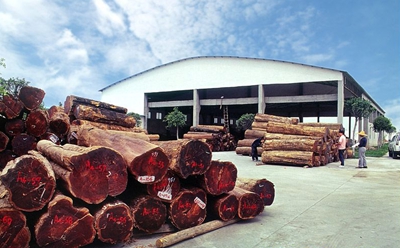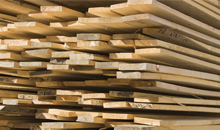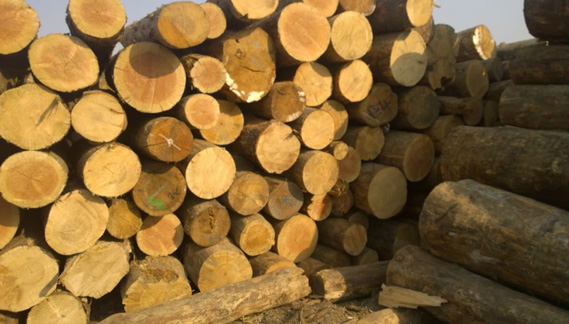As lumber prices surge, Canadian wood said to flood U.S. market
Source:woodworkingnetwork.com
With softwood lumber trade agreement between Canada and the U.S. expired, Canadian lumber producers are said to be flooding the U.S. market with lumber and panel - challenging U.S. mills.

Prices for lumber futures contracts, which surged in July and August, are dropping from those 30-month peaks. But with softwood lumber trade agreement between Canada and the U.S. expired, Canadian lumber producers are said to be flooding the U.S. market with lumber and panel - challenging U.S. mills.
The market shift comes during a period when the U.S. softwood lumber trade agreement has expired, and a new deal is not yet in place. A group of U.S. Senators went on record supporting United States Trade Representative Froman and his team for challenging Canada in what they see as unfairly traded softwood lumber from Canada.
The letter co-sponsored by Sens. Wyden (D-OR) and Crapo (R-ID) expressed support for an arrangement that would maintain Canadian softwood lumber exports at or below an agreed U.S. market share. The Senators say a strong lumber industry is essential to the U.S. economy, and securing fair trade in lumber is of critical importance to domestic lumber manufacturers and their workers, as well as tree farmers and landowners, and the communities they support.
Lumber is traded in commodities exchanges future contracts, just like corn and soybeans, but the years-long growing cycle means prices tend to be less volatile.
Right now lumber futures are running at more than $320 per thousand board feet, and up, for 1,000 board feet delivered in July - as shown in this chart from Barchart. Home construction's recent good news - April 2015 new housing starts jumped 20%, and the March figures that had look lukewarm were adjusted upward - means there will be upward pressure on the price of wood.
About 20 percent of U.S. lumber and logs are exported to China; and about 40 percent of lumber is consumed in home construction. Much of the remaining wood is absorbed in furniture and cabinetry for those homes - so the price of lumber rides in tandem with the volume of housing starts.
(Source: woodworkingnetwork.com Author: Bill Esler)
-

U.S. hardwood exports in 2020: Vietnam and China account for 64% of total walnut exports
-

Canadian lumber giant Weston Forest has been acquired by the Watermill Group of the United States
-

Global lumber industry on pace for a second consecutive record-breaking year
-

Canfor acquires Wynndel Box and Lumber

 沪公网安备31010402003309号
沪公网安备31010402003309号



